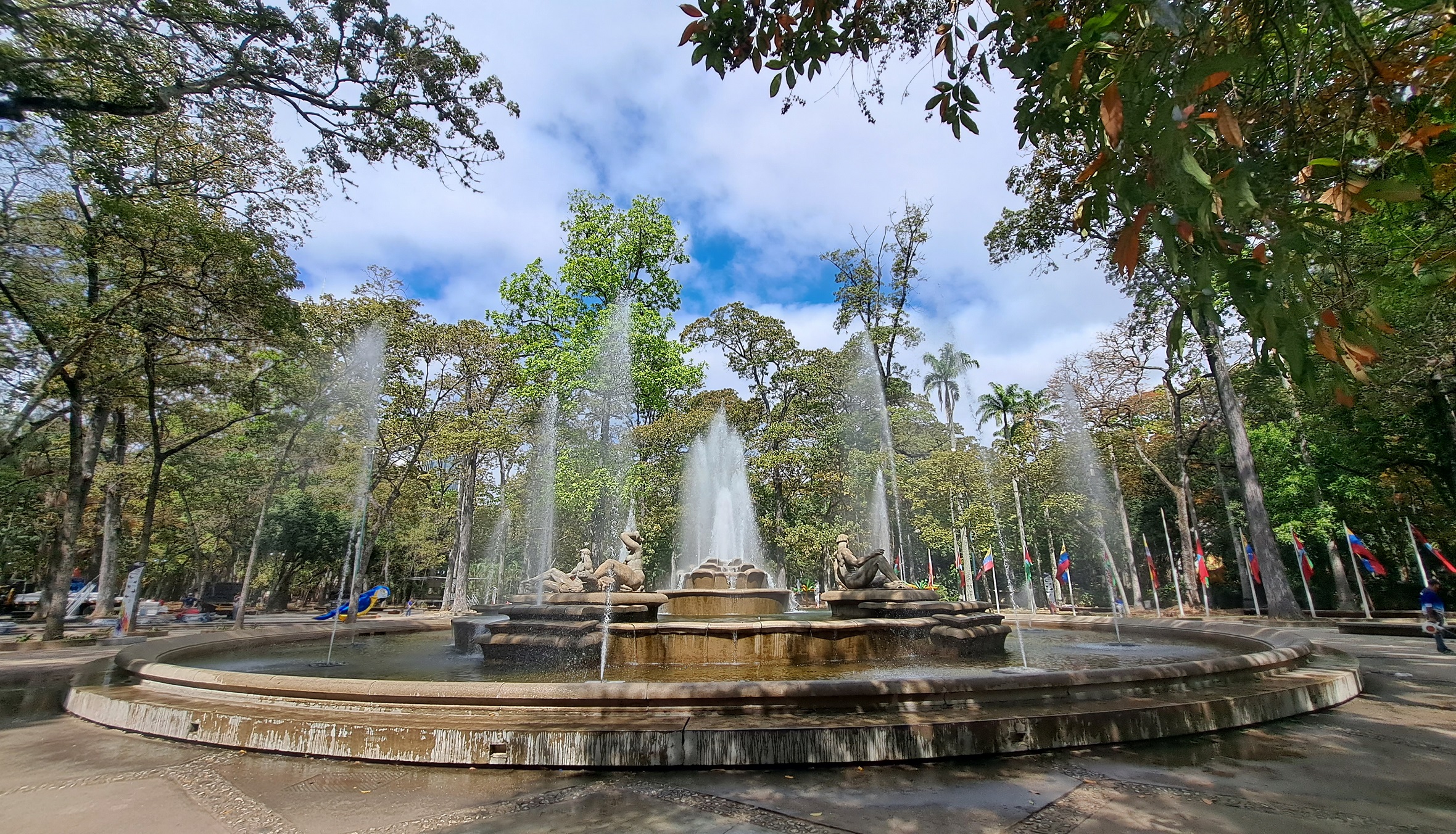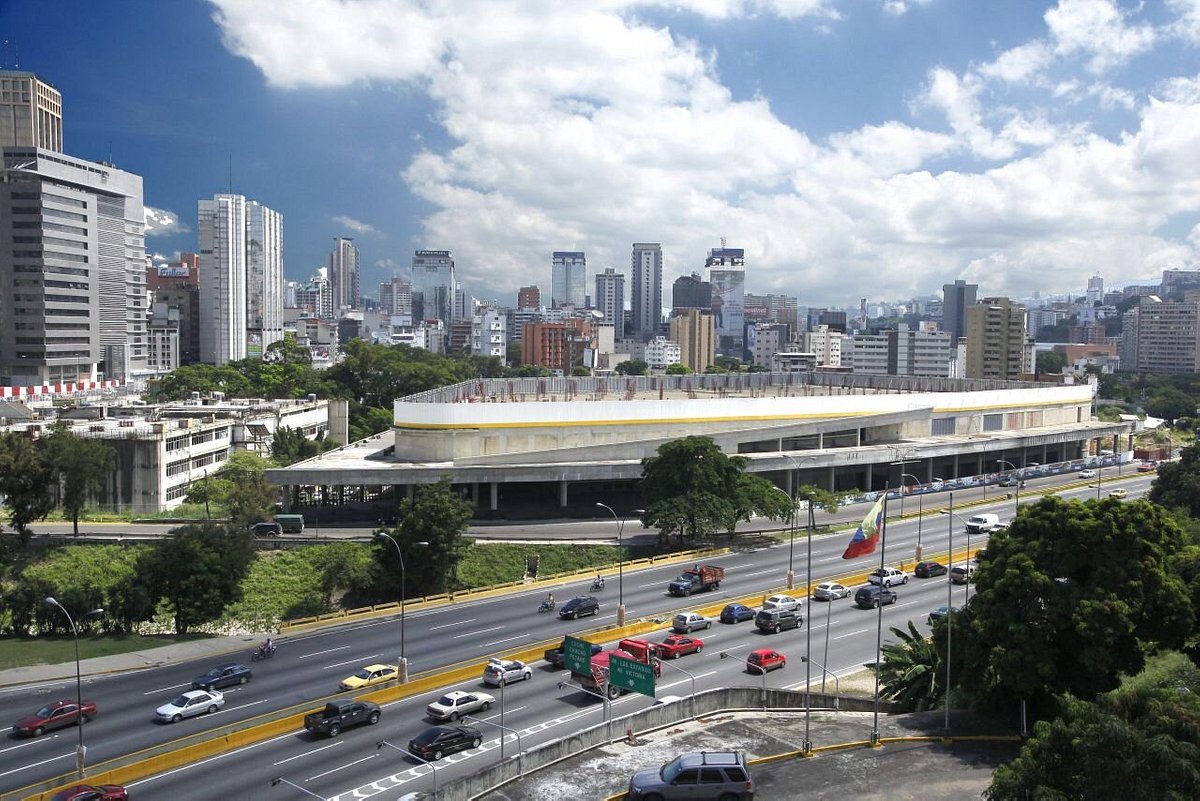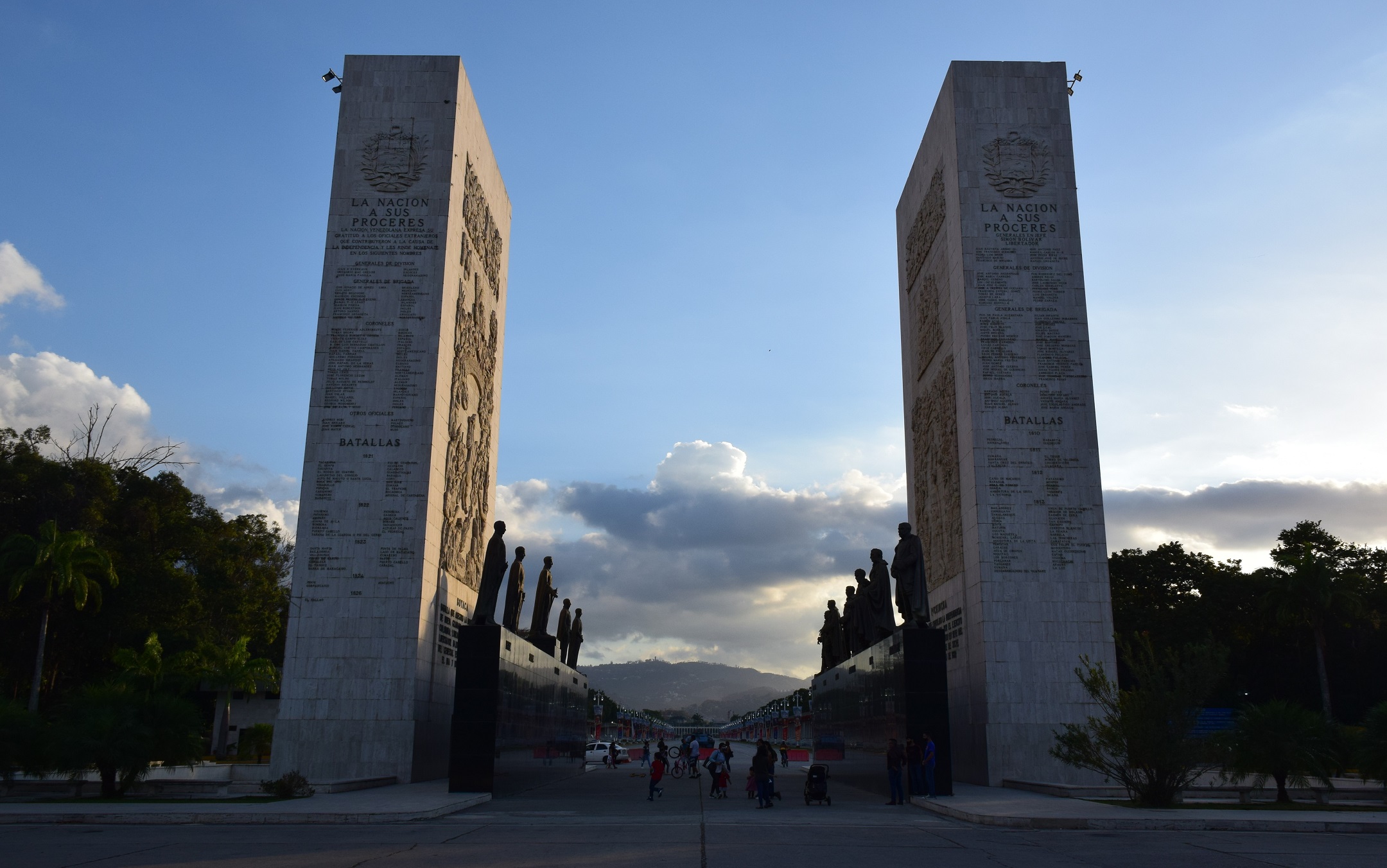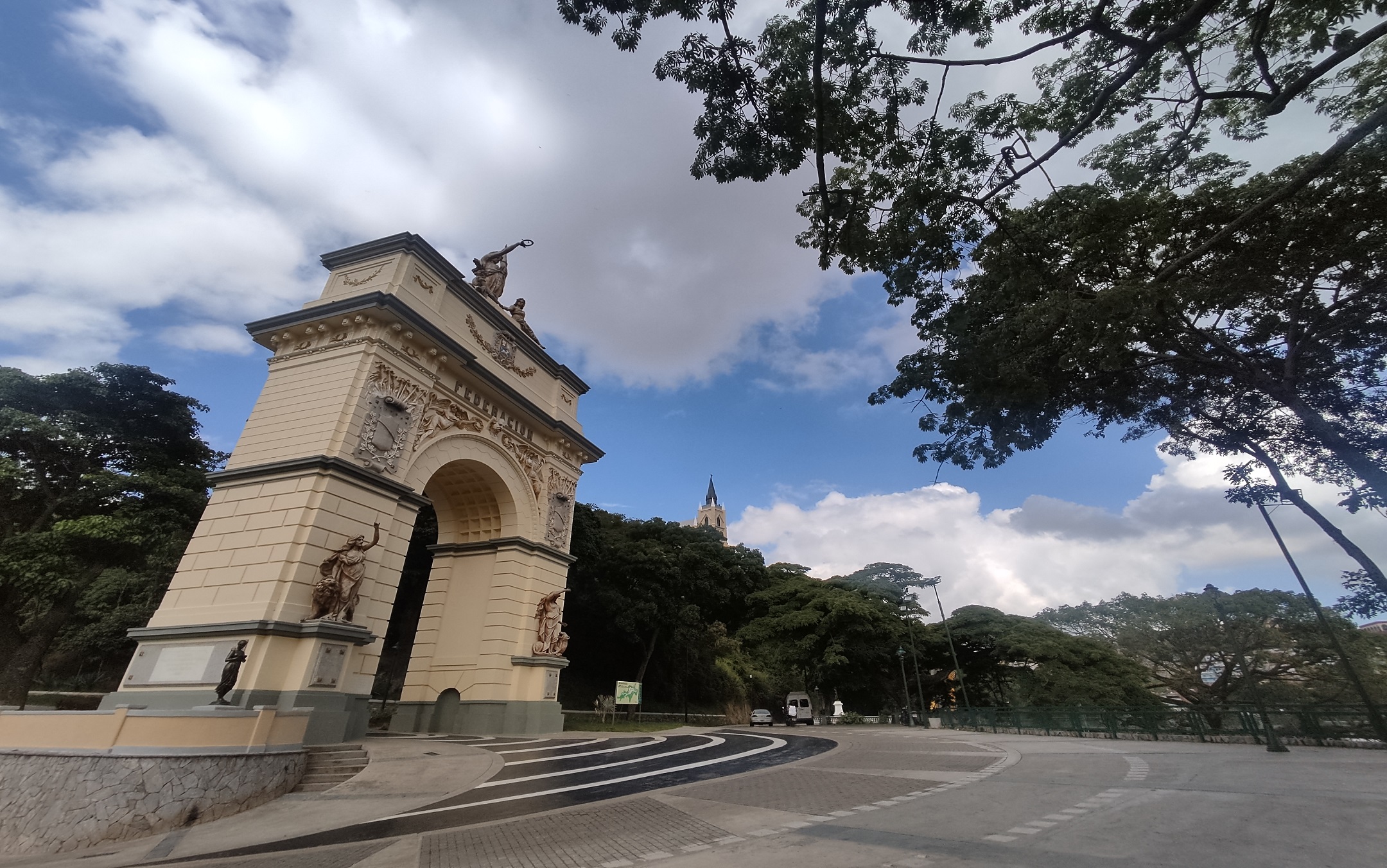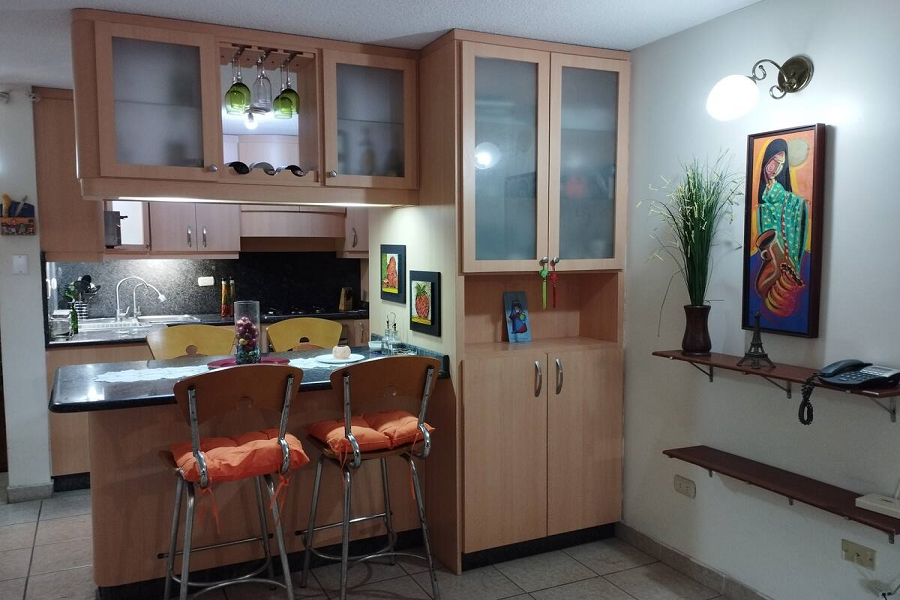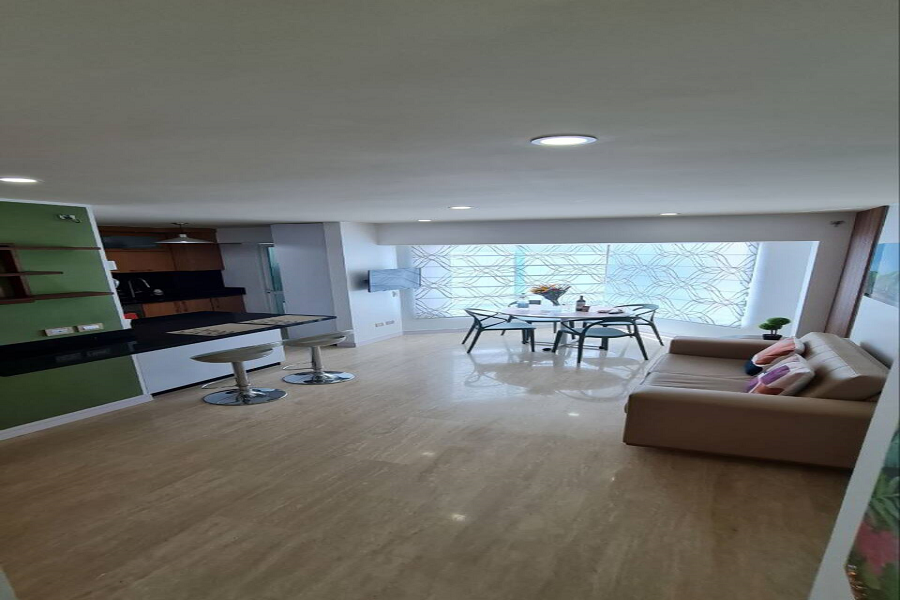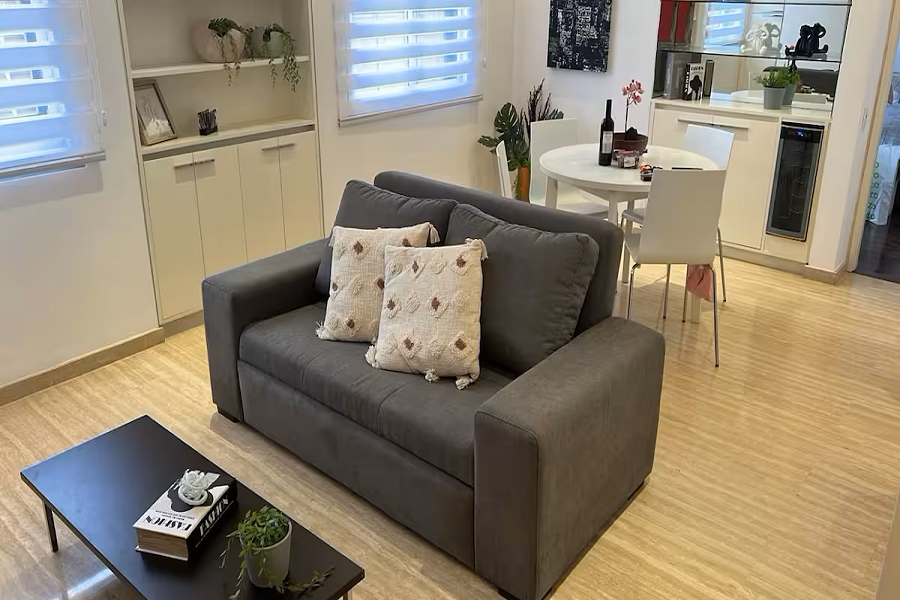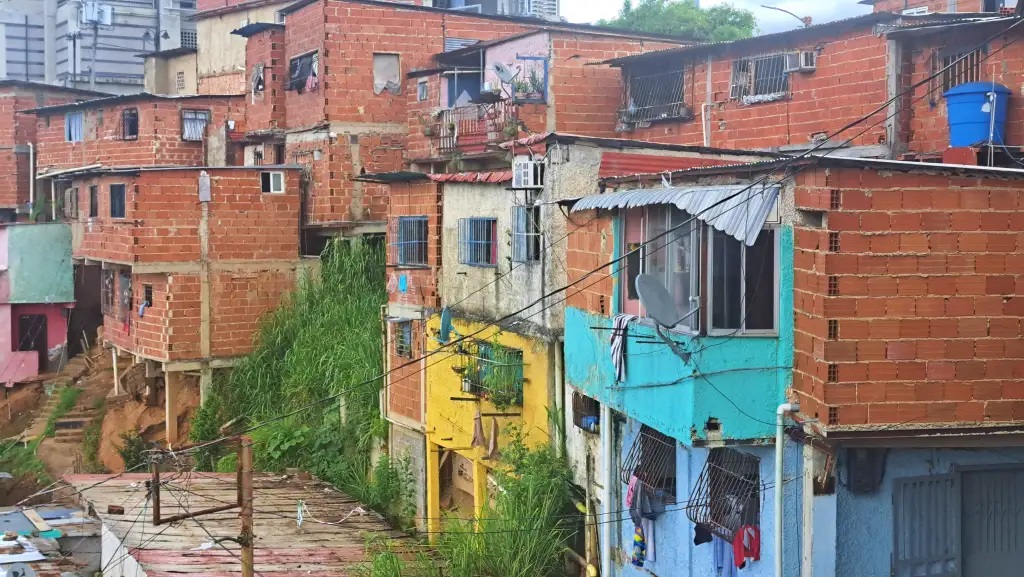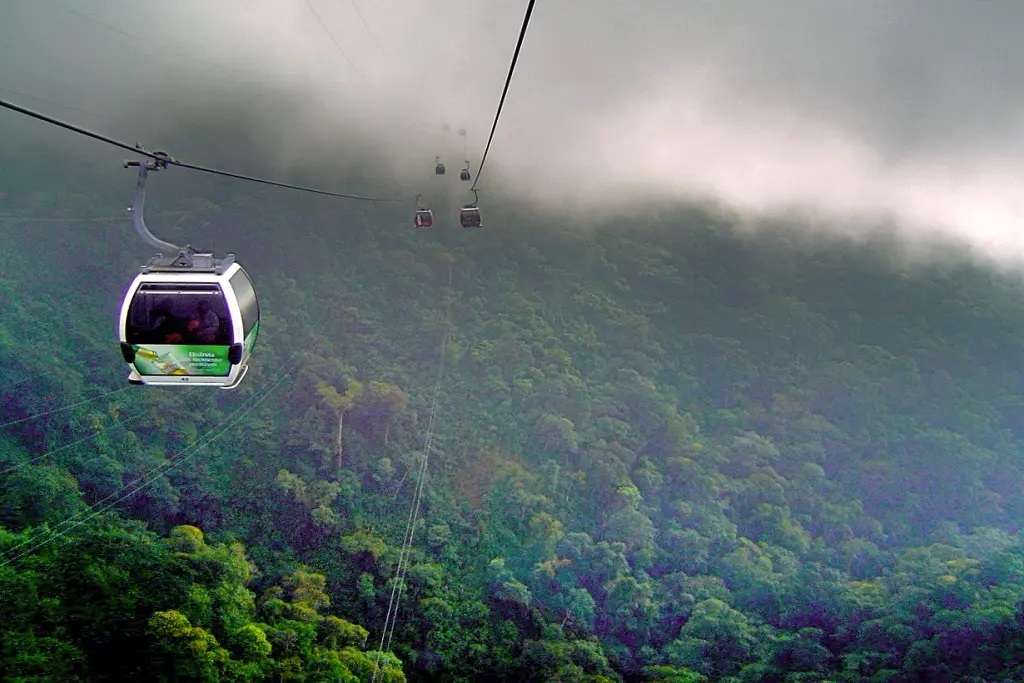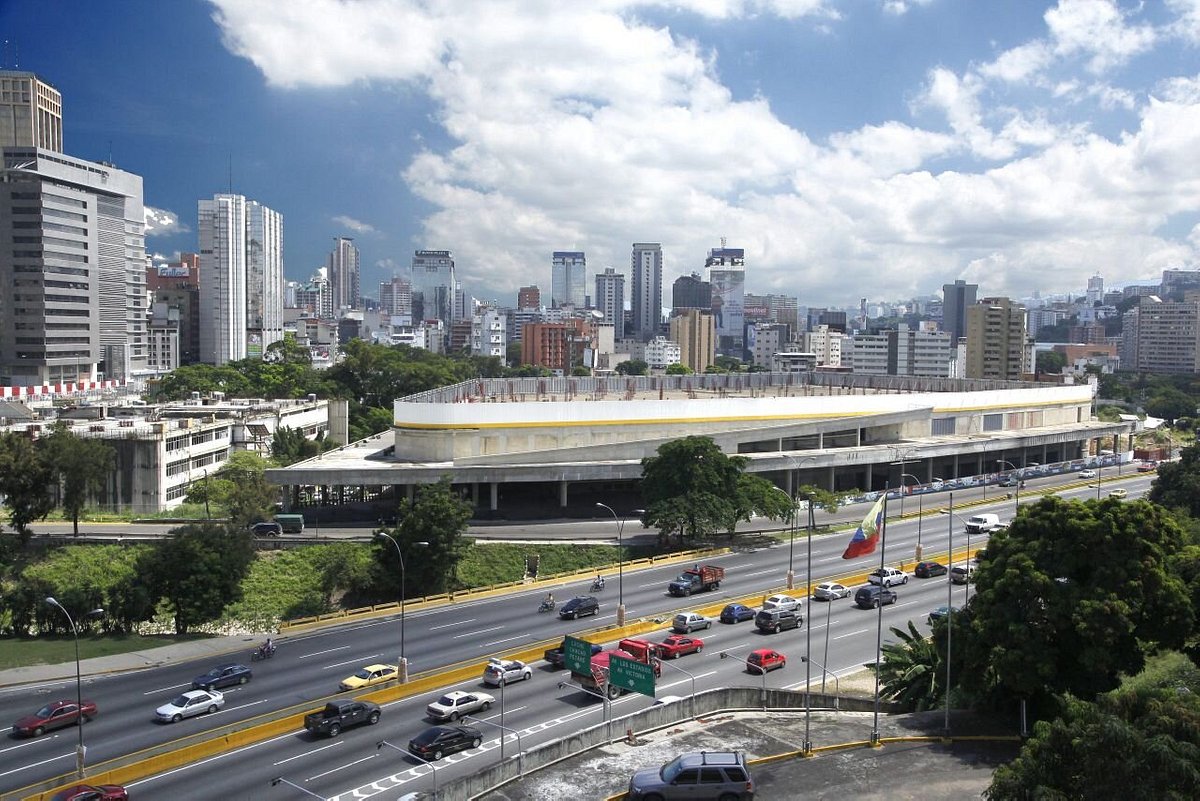
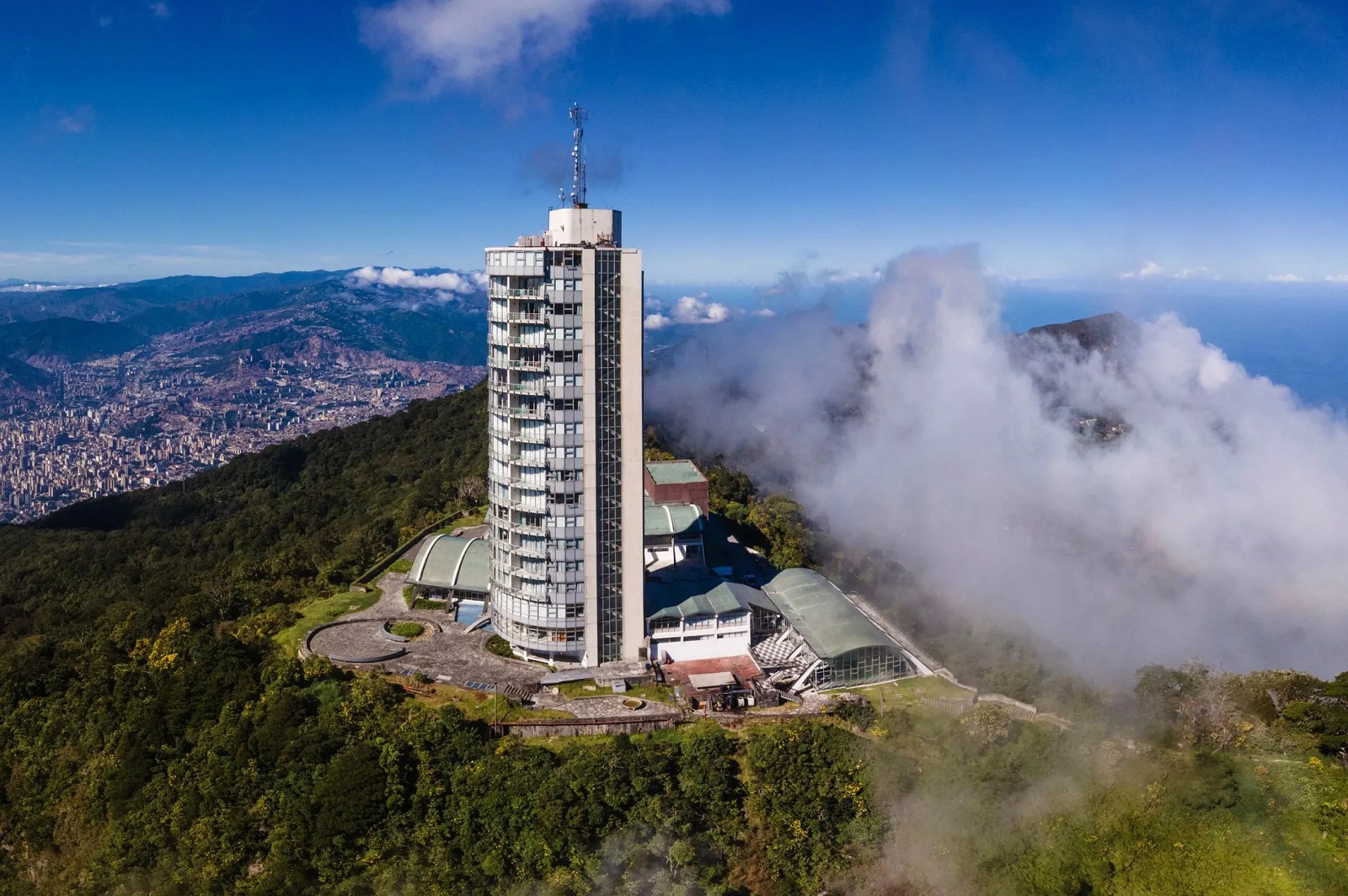
What to know before visiting Caracas
Caracas, officially named “Santiago de León de Caracas” (CCS), it’s the capital of Venezuela, situated in a valley in the Venezuelan Coastal Range, at the north of the country, near the Caribbean Sea. Separated from the coast by a steep mountain range of 2,200 meters high called Waraira Repano, popularly known as Cerro El Ávila. The metropolitan area has an estimated population of almost 5 million inhabitants (the most populated city in the country). The city center is located near Plaza Bolívar, although some consider Plaza Venezuela as the center.
Interesting details about this destination:
🌴It’s an important economic and cultural center, with a wide range of shopping and entertainment options. It has a large number of skyscrapers, such as the Central Park, Las Torres.
🌴The home of iconic organizations such as: The Caracas Stock Exchange and Petroleum of Venezuela (PDVSA).
🌴Geographically, it’s an important road connection between: the western, eastern, and central regions of Venezuela. Moreover, Maiquetía Simón Bolívar International Airport, the country's main airport (12,000,000 passengers per year, both domestic and international flights), is located about 20 km away by road.
🌴Among its places of interest are: The Central Park Urban Complex, the University Ciudad de Caracas (a UNESCO World Heritage Site) and headquarters of the UCV, the Caracas Museum of Contemporary Art, the Humboldt Hotel, the Teresa Carreño Theater, the Simón Bolívar Center, the promenade Los Próceres, the Altamira square, the Park of the East, Caricuao Zoo, the Caracas Sphere, the Araña Distributor, the Colón walk (El paseo Colón), the Federal Legislative Palace, Plaza Bolívar, and surrounding buildings such as: The Cathedral of Caracas, the Sacro Museum, the Archbishop's Palace, the Municipal Palace, the Chapel of Santa Rosa de Lima, the yellow house (La Casa Amarilla), the Main Theater, and the Capital District Government building.
🌴The city is also known for being a global landmark of modern architecture during the 20th century, among it’s renowned works are: Alexander Calder's Floating Clouds in the Aula Magna, Riccardo Morandi's “Nueva República” Viaduct, Wallace Harrison's Hotel Ávila, Roberto Burle Marx's “La Rinconada” Racetrack, and Jimmy Alcock's Polyhedron of Caracas. Similarly, Caracas is considered the “World Capital of Brutalism” due to the unique quantity and quality of outstanding buildings that contributed universally to the development and dissemination of this architectural style.
Gallery
